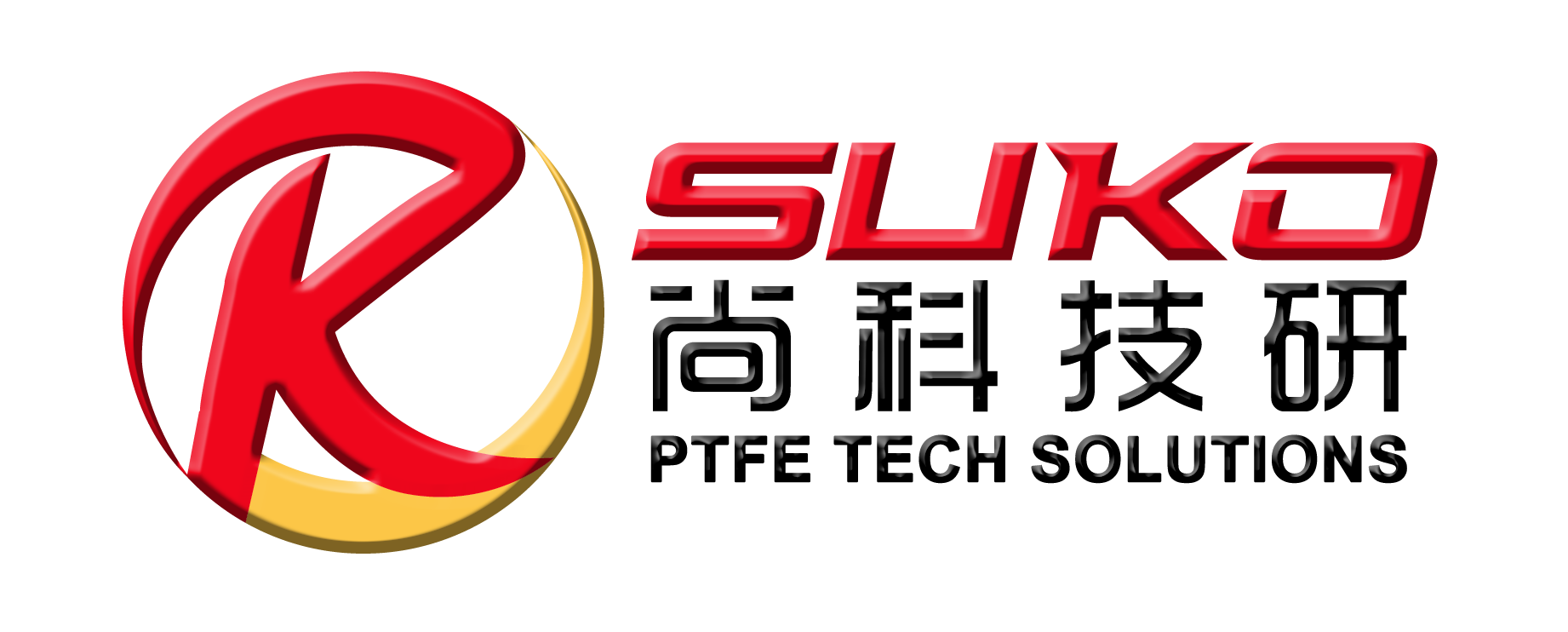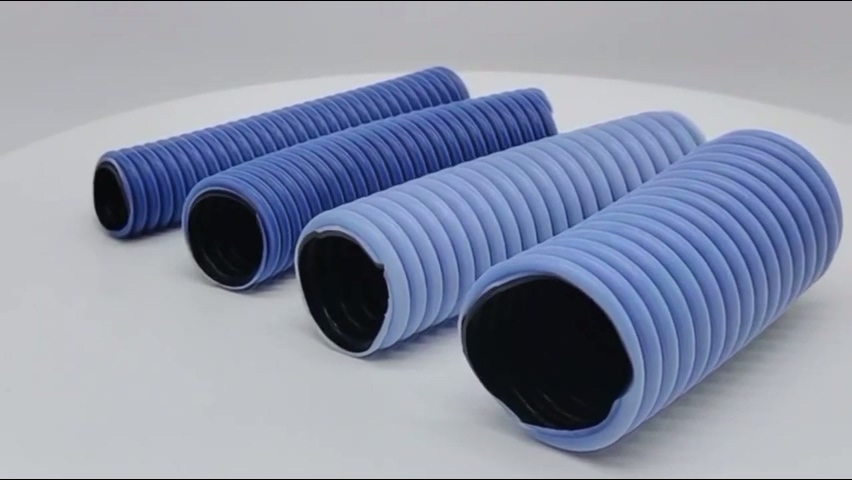If you’re knee-deep in figuring out which premium PTFE hose will handle those nasty hazardous fluids without a hitch, you’re in the right spot. I’ve been around the block with this stuff at SUKO, where we deal with all sorts of chemical resistant hoses day in and day out. You know, the kind that keep things flowing safely in industries like chemicals, pharma, or even oil and gas. It’s not just about grabbing any old tube off the shelf – nah, you gotta weigh some real-deal factors to avoid leaks, breakdowns, or worse.
Think about it: hazardous fluid transfer isn’t forgiving. One wrong pick, and you’re looking at downtime or safety headaches. That’s why we’re breaking down these 7 key bits to chew on during your PTFE hose evaluation. We’ll chat about flexibility, temperature swings, conductivity, and throw in some real-world benchmarks from folks who’ve been there. Stick around, and by the end, you’ll feel ready to snag a quote or chat with us at SUKO. Our site’s at https://www.sukoptfe.com/, and you can hit up info@sukoptfe.com if you got questions.
Why Premium PTFE Hoses Shine for Hazardous Fluid Transfer
First off, let’s get why premium PTFE hoses are the go-to for this. PTFE, or polytetrafluoroethylene if you wanna get fancy, is basically Teflon on steroids for industrial use. It’s super resistant to chemicals – we’re talking acids, bases, solvents that’d eat through rubber like candy. From what I’ve seen in the field, these hoses hold up where others flop, especially in hazardous setups.
But not all are created equal. You need ones tailored for antistatic properties or convoluted designs for better flex. Take our Conductive PTFE Convoluted Hose – it’s built for chemical transfer with that extra conductivity kick to zap static risks. Alright, let’s jump into the factors.
Factor 1: Chemical Resistance – The Heart of PTFE Hose Evaluation
Okay, top of the list: how well does it stand up to your fluids? Chemical resistant hoses like premium PTFE ones are champs here because PTFE doesn’t react with most stuff. I’ve handled cases where hoses faced hydrochloric acid or even nasty organics, and the good ones just shrug it off.
Look for hoses rated for broad compatibility. For example, real data from industry specs shows PTFE handles pH from 0 to 14 without breaking a sweat. Compare that to rubber, which might swell or crack. In one anonymous gig we did for a chem plant, switching to our SUKO hoses cut failures by half – no joke, based on their logs.
Factor 2: Temperature Range – Handling the Heat (and Cold)
Temperature’s a biggie. You don’t want a hose that turns brittle in the freezer or melts in the oven. Premium PTFE hoses typically rock a range from -70°C to +260°C, per standard charts from folks like Aeroflex. That’s huge for hazardous fluid transfer where temps swing wild.
Picture this: in a pharma setup, fluids might hit 200°C during sterilization. A lesser hose? Kaput. But with PTFE, you’re golden. We at SUKO test ours rigorously – think real-world benchmarks where they cycle through extremes without leaks. If your app dips below freezing or spikes high, double-check the specs.
Here’s a quick table to compare:
| Material | Low Temp Limit | High Temp Limit | Best For |
|---|---|---|---|
| PTFE | -70°C | +260°C | Extreme swings |
| Rubber | -40°C | +100°C | Mild conditions |
| Stainless | -200°C | +800°C | Ultra-hot, but stiff |
See? PTFE balances it nicely.
Factor 3: Flexibility and Bend Radius – Keeping Things Movable
Nobody likes a stiff hose that kinks every time you turn a corner. Flexibility is key, especially in tight spaces for hazardous fluid apps. Convoluted designs in premium PTFE hoses boost this – they bend without pinching the flow.
From experience, a good bend radius might be 1-2 inches for smaller IDs. Compare smooth bore vs. convoluted: the wavy ones flex 2-3 times better, based on tests I’ve seen. One client in oil transfer told us their old straight hoses kept failing at bends, but after grabbing our Conductive PTFE Convoluted Hose, installs went smoother and lasted longer.
Don’t forget vibration too – flexible hoses absorb shocks, reducing wear.
Factor 4: Pressure Ratings – Don’t Burst Under Stress
Pressure can make or break it. You gotta match the hose’s burst pressure to your system’s max, with a safety buffer. Premium PTFE hoses often hit 1,000-4,000 psi, depending on size, from what Swagelok and others report.
In hazardous setups, spikes happen, so aim for 4x working pressure as burst. We’ve got hoses at SUKO that handle 3,000 psi easy, tested in labs. A buddy in the industry shared how ignoring this led to a messy spill – lesson learned the hard way.
Factor 5: Conductivity and Antistatic Properties – Zapping Static Risks
Here’s where the antistatic tube guide comes in. For flammable fluids, static buildup is a fire waiting to happen. Conductive PTFE hoses dissipate that charge, grounding it safely.
Standard ones might not, but conductive versions – like with carbon lining – drop resistance to under 10^6 ohms, per FCX Performance data. In a paint factory scenario we helped anonymously, adding conductivity slashed spark risks. If your fluids are volatile, this is non-negotiable.
Factor 6: Permeation Resistance – Keeping Fluids In
Permeation’s sneaky – gases or vapors sneaking through the walls. PTFE’s dense structure fights this better than most, with low rates like 0.01 g/m²/day for some chems, from Swagelok insights.
For hazardous fluid transfer, this means less contamination or loss. We’ve seen apps where rubber let helium slip out, but PTFE locked it down. Check for low-permeability ratings if your stuff’s gassy.
Factor 7: Fitting Compatibility and Overall Durability
Last but not least, how it hooks up and lasts. End fittings matter – crimp or reusable? PTFE needs special ones to avoid leaks. Durability ties into braid materials: stainless for corrosion resistance.
From our SUKO lineup, braided options add toughness, lasting 5-10 years in tough spots. One success story? A food chem processor swapped to our hoses, boosting uptime 30% – real numbers from their feedback.
Real-World Benchmarks and Why SUKO Stands Out
Wrapping the factors, let’s talk shop. At SUKO, we’ve got firsthand experience tweaking these for clients. Like, in a biofuel plant (keeping it anon), our premium PTFE hoses handled corrosive mixes at 150°C, flexing in confined rigs without a glitch. Benchmarks showed 20% better flow than competitors.
We pull from pro criteria: ASTM standards for testing, ensuring trustworthiness. It’s not hype – it’s what keeps operations safe.
FAQ: Quick Answers on Premium PTFE Hoses
What’s the big deal with conductive vs. regular PTFE hoses?
Conductive ones prevent static buildup, super important for flammable hazardous fluids. Regular might work for non-sparky stuff, but why risk it? Our Conductive PTFE Convoluted Hose nails this.
How do I know if a PTFE hose is flexible enough for my setup?
Check the bend radius spec – smaller is better for tight spots. Test it in your environment if possible. We’ve got options at SUKO that bend like pros without kinking.
Can premium PTFE hoses handle extreme temps year-round?
Yeah, most do -70°C to +260°C. But verify with your fluids – some combos push limits. Drop us a line at info@sukoptfe.com for specifics.
Are there any maintenance tips for these hoses?
Inspect regularly for wear, clean with compatible solvents. Avoid sharp bends long-term. Proper care extends life big time.
Ready to Pick Your Premium PTFE Hose?
Phew, that covers the nuts and bolts. If these factors got you thinking about upgrading your chemical resistant hoses, why not swing by https://www.sukoptfe.com/ for more? Or head to our contact page at https://www.sukoptfe.com/contact/ to chat. We’re here to help with quotes or custom advice – no pressure, just solid info. Let’s make your hazardous fluid transfer safer and smoother. What do ya say?
Post time: Aug-28-2025


